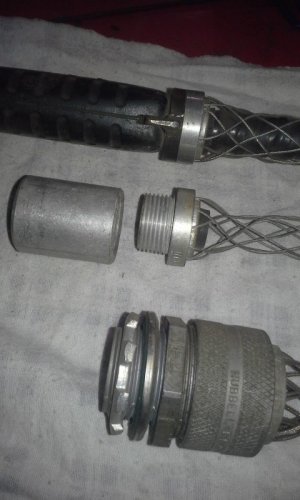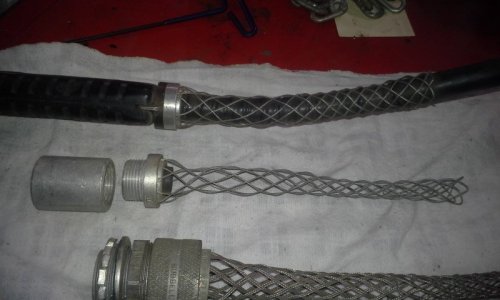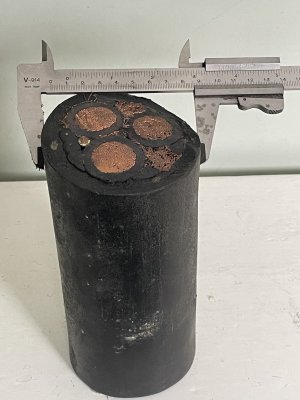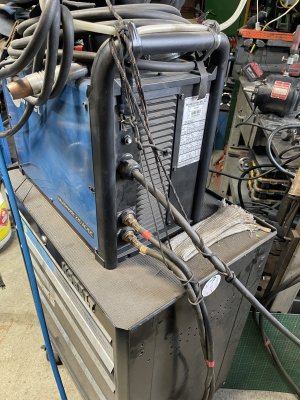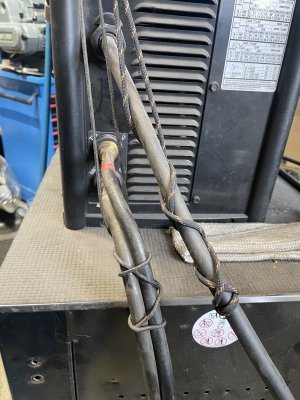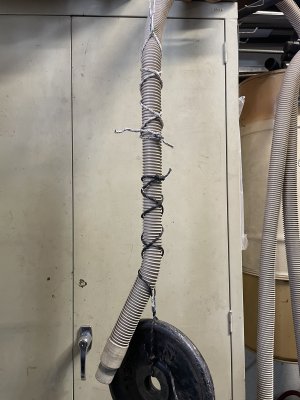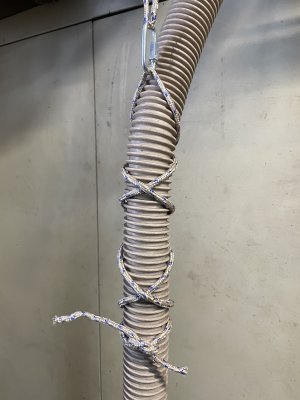grease monkey
just another day!
hey guys, I have an older Miller plasma cutter, I'm sure I'm not the only guy to experience this, but the torch cable when cold, is crazy stiff, to point that over time, the casing starting cracking right at the torch head, so I call my rep and he's like, you better sit down, $1600 and thats only if they can get it! What?? time to put my fab hat on, I came up with a pretty slick hack where I modified torch base cable entry hole, to accept a tig welded bung to allow me to insert a kellems grip that would snag the cable nice a firm, used a little high voltage sealing tap and topped it off with super 99 electrical tape and bam! cheap fix to a costly possibility. if anyone is interested, I can post a couple pics of finished product which should clarify things!

